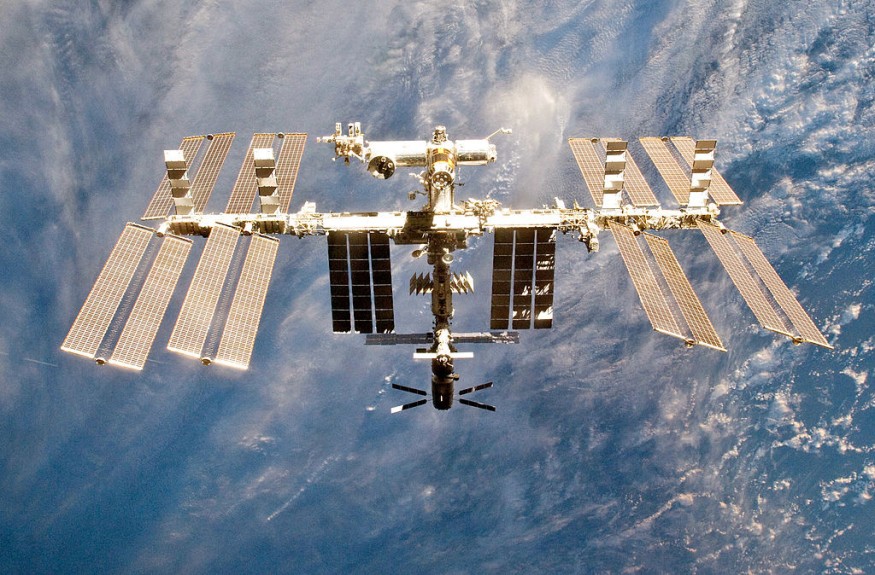Space travel officially began on October 4, 1957, when the USSR launched Sputnik, the first man-made satellite to orbit the Earth. Although it was a celebrated breakthrough back then, it was also the beginning of space junk. Since the 1960s, spacecraft and satellites have returned to the planet and they are often dumped at sea when they do not completely disintegrate upon re-entry.
But many environmentalists are ringing alarm bells on the continuous use of Earth's oceans as dumping sites for space debris. For instance, the Russian spacecraft loaded with waste from the International Space Station (ISS) have intentionally directed space junk to re-enter Earth on the remote areas in the Pacific Ocean. Environmentalists fear this could adversely affect the oceans and their ecosystem.

Old Spacecraft, Satellites Go to Point Nemo
Satellites, spacecraft, and space stations do not last forever, so scientists have already anticipated how to dispose of them when they reach their expiration date. According to NASA's Space Place, these old satellites will likely re-enter Earth's atmosphere and burn up as it falls down to a place in Earth they call Point Nemo or the spacecraft cemetery.
Spacecraft in this area are usually the big ones as they do not easily burn up and disintegrate in the atmosphere, unlike the smaller satellites in low orbits. These bigger objects are directed to a remote area in the Pacific Ocean, where it is farthest to any human civilization to avoid casualties.
ALSO READ: NASA Plans To Deorbit International Space Station 10 Years From Now; Will It Crash Into Sea?
Dumping Old Spacecraft in Ocean Concerning All Life on Earth
Ocean Plastics Research for the Ocean Conservancy senior manager Britta Baechler said that from an environmentalist's perspective, dumping of old spacecraft concerns the ocean and all life forms on Earth, Space.com reported. It is not sustainable to keep putting waste into the ocean and expect it to function the same way as it always has.
The group she works for seeks science-based solutions for healthy ocean and wildlife communities. Baechler advised against using Earth's oceans as a dumping site as it is too big to fail and its impact could signal an end-of-life scenario for all.
She pointed out that around 11 million plastic pollutions are being thrown into the ocean every year, equivalent to one garbage truck per minute of dumping waste. Baechler added that ingestion and entanglement of plastics could be lethal to several marine life. Likewise, dumping metals, toxic waste, tires, and others can provoke long-term consequences.
NASA and other space agencies are planning to dispose of the ISS by the end of the decade and send it to Point Nemo. However, environmentalist groups are concerned about the debris's impact on the ecosystem. Baechler considers it an insult to the ocean as it is not its appropriate use.
Is There Any Other Way?
According to Dwight Steven-Boniecki, who directed the film "Searching for Skylab, America's Forgotten Triumph," the only way to deorbit the ISS is for it to re-enter and be dumped in the ocean far away from land or cut it into pieces and target remote land areas. However, the former is preferable.
He believes that the friction during re-entry will ensure that ISS will be incinerated before hitting the water. Choosing the oceans is the best way to dispose of space debris, and there might be no other safer alternative. Multiple countries have already signed and agreed on this move and decided how liability will be handled in case of mishaps.
RELATED ARTICLE: Point Nemo's 'Space Cemetery:' Here's How International Space Station's Grave Would Look Like
Check out more news and information on Space in Science Times.
© 2025 ScienceTimes.com All rights reserved. Do not reproduce without permission. The window to the world of Science Times.











